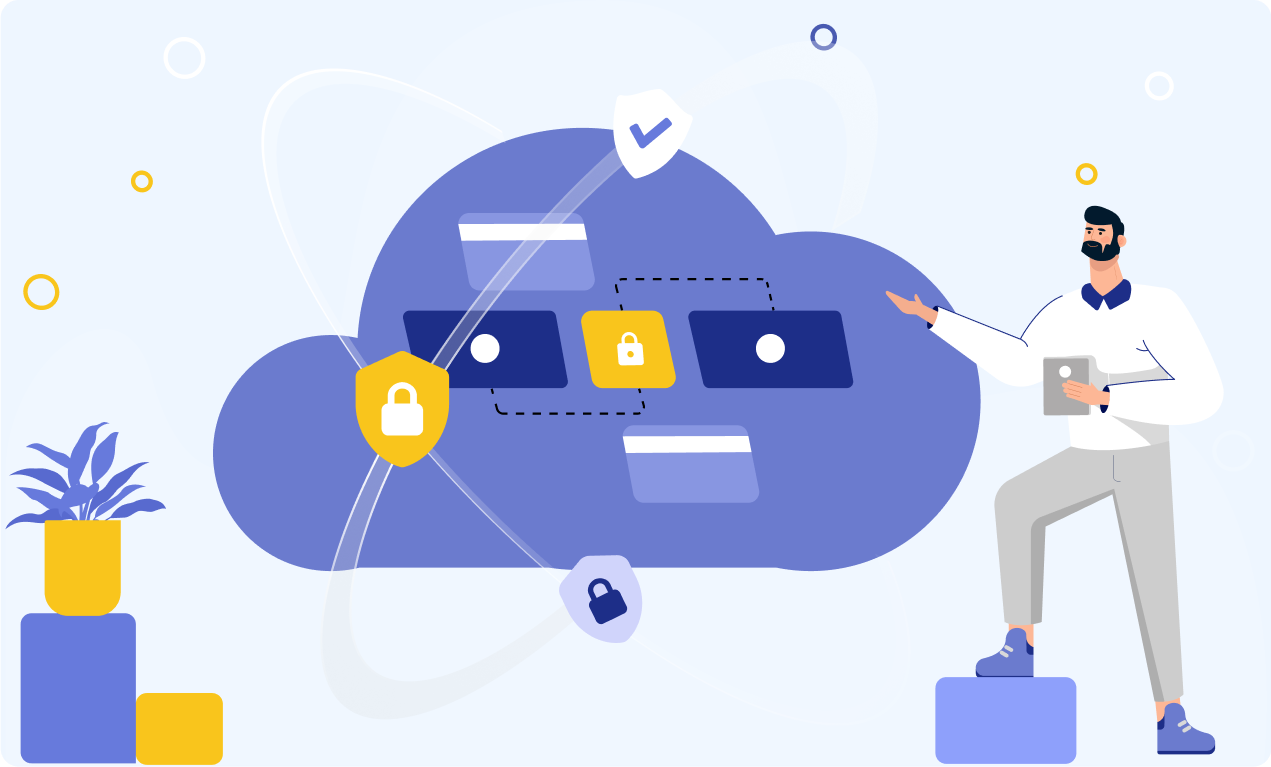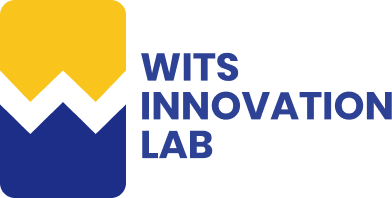Published - 4 months ago | 6 min read
How to Build an Audiobook App Like Audible: Technical and Strategic Guide
Audiobooks have grown from a niche into one of the fastest-expanding segments of the digital content industry. People listen on trains, in cars, at the gym, and while doing chores at home. For many, listening has become the default way to consume books, interviews, and even educational material. This shift has created enormous opportunities for new platforms that can meet the expectations of modern users. Audible is the clear market leader, but it is not the only path. With the right strategy and execution, building a competing audiobook app can be a viable and profitable venture.
This guide goes deep into what it takes to build an audiobook app at the level of Audible. It covers market trends, critical features, technical architecture, sourcing content, monetization models, and the operational realities you need to anticipate.
This guide goes deep into what it takes to build an audiobook app at the level of Audible. It covers market trends, critical features, technical architecture, sourcing content, monetization models, and the operational realities you need to anticipate.
Market Outlook and Why Now is the Right Time
The audiobook industry continues to grow at double-digit rates year over year. Market.Us projects global audiobook revenues will exceed $39 billion by 2032, with a compound annual growth rate of more than 25% from 2024 onward. Statista estimates the number of audiobook listeners will approach 2 billion people by 2030.
Audible controls more than 60% of the market today, but dominance does not equate to exclusivity. Regional platforms, niche catalogs, and apps that specialize in user experience are gaining traction. This is similar to what happened in video streaming: one major player led the market, but multiple services grew alongside it by targeting specific segments and differentiating features.
For companies considering entry into this market, the opportunity lies in building an app that competes on experience, catalog, and accessibility rather than attempting to replicate Audible’s entire ecosystem from day one.
Audible controls more than 60% of the market today, but dominance does not equate to exclusivity. Regional platforms, niche catalogs, and apps that specialize in user experience are gaining traction. This is similar to what happened in video streaming: one major player led the market, but multiple services grew alongside it by targeting specific segments and differentiating features.
For companies considering entry into this market, the opportunity lies in building an app that competes on experience, catalog, and accessibility rather than attempting to replicate Audible’s entire ecosystem from day one.

Core Features Every Audiobook App Requires
Building an audiobook app is not only about streaming audio files. Listeners expect a complete ecosystem that supports discovery, playback, personalization, and mobility.
1. User Registration and Profiles
- Secure authentication via email, phone, or single sign-on (Google, Apple).
- Profile management with personal libraries, favorites, listening history, and downloads.
- Synchronization across multiple devices so progress is preserved.
- Profile management with personal libraries, favorites, listening history, and downloads.
- Synchronization across multiple devices so progress is preserved.
2. Discovery and Search
Search by title, author, genre, or keyword.
Filters for new releases, trending titles, and user ratings.
Recommendation engines based on past listening behavior and similar user cohorts.
Filters for new releases, trending titles, and user ratings.
Recommendation engines based on past listening behavior and similar user cohorts.
3. Audio Playback Engine
- Adjustable playback speeds (0.5x to 3x).
- Skip and rewind in fixed intervals.
- Bookmarks and highlights to capture key moments.
- Chapter navigation for longer books.
- Offline playback with secure encrypted storage.
- Skip and rewind in fixed intervals.
- Bookmarks and highlights to capture key moments.
- Chapter navigation for longer books.
- Offline playback with secure encrypted storage.
4. Previews, Reviews, and Ratings
- Free previews for chapters.
- Community-driven reviews and star ratings.
- Recommendations integrated into each book page.
- Community-driven reviews and star ratings.
- Recommendations integrated into each book page.
5. Notifications and Engagement
- Push notifications for unfinished books.
- Alerts for new releases from favorite authors.
- Subscription reminders and promotional offers.
- Alerts for new releases from favorite authors.
- Subscription reminders and promotional offers.
6. Accessibility
Voice-controlled navigation.
Screen reader support.
High-contrast and large-text modes.
Screen reader support.
High-contrast and large-text modes.
7. Cloud Synchronization
Centralized storage of user data and listening progress.
Real-time sync between mobile, web, and desktop apps
Failover and backup to protect user history
These features form the baseline. Without them, users will not see your app as competitive.
Real-time sync between mobile, web, and desktop apps
Failover and backup to protect user history
These features form the baseline. Without them, users will not see your app as competitive.
Technical Architecture and Infrastructure
The backbone of an audiobook app must combine scalability, performance, and reliability. Poor streaming quality or sync issues will immediately reduce user trust.
1. Frontend
- iOS: Swift or SwiftUI for native development.
- Android: Kotlin with Jetpack Compose.
- Cross-platform: Flutter or React Native for faster development cycles if native performance is less critical.
- Web: React.js or Angular for browser access.
- Android: Kotlin with Jetpack Compose.
- Cross-platform: Flutter or React Native for faster development cycles if native performance is less critical.
- Web: React.js or Angular for browser access.
2. Backend
- Frameworks: Node.js with Express, Python with Django or FastAPI, or Java with Spring Boot.
- Databases:
Relational: PostgreSQL or MySQL for structured catalog data.
NoSQL: MongoDB or DynamoDB for flexible metadata and personalization logs.
- APIs: RESTful or GraphQL APIs for content delivery and user data management.
- Databases:
Relational: PostgreSQL or MySQL for structured catalog data.
NoSQL: MongoDB or DynamoDB for flexible metadata and personalization logs.
- APIs: RESTful or GraphQL APIs for content delivery and user data management.
3. Media Storage and Delivery
Storage: AWS S3, Azure Blob, or Google Cloud Storage.
CDN: CloudFront, Akamai, or Cloudflare to ensure global low-latency streaming.
Streaming Protocols: HLS (HTTP Live Streaming) or DASH for adaptive bitrate streaming.
Encryption and DRM: Secure content with AES-256 encryption and digital rights management for licensed works.
CDN: CloudFront, Akamai, or Cloudflare to ensure global low-latency streaming.
Streaming Protocols: HLS (HTTP Live Streaming) or DASH for adaptive bitrate streaming.
Encryption and DRM: Secure content with AES-256 encryption and digital rights management for licensed works.
4. AI and Machine Learning
- Recommendation Engines: TensorFlow, PyTorch, or cloud-native AI platforms.
- Natural Language Processing: spaCy, NLTK, or cloud NLP APIs for categorization and tagging.
- Voice Control: Google Speech-to-Text API, Apple SiriKit, or Amazon Lex.
- Natural Language Processing: spaCy, NLTK, or cloud NLP APIs for categorization and tagging.
- Voice Control: Google Speech-to-Text API, Apple SiriKit, or Amazon Lex.
5. Payment and Subscriptions
- Stripe, PayPal, Razorpay, or Braintree for global support.
- Apple In-App Purchases and Google Play Billing for compliance with platform policies.
- Support for recurring billing, one-time purchases, and gift credits
- Apple In-App Purchases and Google Play Billing for compliance with platform policies.
- Support for recurring billing, one-time purchases, and gift credits
6. Testing and Deployment
- Automated unit and integration testing with Jest, Mocha, or PyTest.
- Device testing through Firebase Test Lab or BrowserStack.
- CI/CD pipelines with GitHub Actions, Jenkins, or GitLab CI.
- Containerized deployment using Docker and Kubernetes.
- Device testing through Firebase Test Lab or BrowserStack.
- CI/CD pipelines with GitHub Actions, Jenkins, or GitLab CI.
- Containerized deployment using Docker and Kubernetes.

Sourcing Content for Your App
Without a strong catalog, even the most well-designed app will fail. There are multiple ways to build an audiobook library:
1. Public Domain
Titles Projects like LibriVox and Internet Archive provide free content. This helps seed your catalog but does not differentiate your app.
2. Publisher Licensing
Partner with publishers and distributors. Expect high upfront costs and legal negotiations, but this is essential for premium content.
3. Creator Platforms
Build tools for authors and narrators to upload directly. Revenue sharing can encourage independent creators.
4. AI Text-to-Speech
Convert eBooks into audio with high-quality synthetic voices. Useful for large back catalogs, though less engaging than professional narrators.
The best approach is usually hybrid: public domain and independent contributions at the start, followed by licensed partnerships as the user base grows.
1. Public Domain
Titles Projects like LibriVox and Internet Archive provide free content. This helps seed your catalog but does not differentiate your app.
2. Publisher Licensing
Partner with publishers and distributors. Expect high upfront costs and legal negotiations, but this is essential for premium content.
3. Creator Platforms
Build tools for authors and narrators to upload directly. Revenue sharing can encourage independent creators.
4. AI Text-to-Speech
Convert eBooks into audio with high-quality synthetic voices. Useful for large back catalogs, though less engaging than professional narrators.
The best approach is usually hybrid: public domain and independent contributions at the start, followed by licensed partnerships as the user base grows.
Monetization Models
Sustainable revenue is critical to support ongoing infrastructure and licensing. Options include:
- Subscriptions: Unlimited listening or credit-based.
- Pay-per-book: Permanent purchase model.
- Freemium: Free access to limited content, premium tier for exclusive catalog.
- Advertising: Ads inserted between chapters or as banners in free versions.
- Institutional Licensing: Bulk contracts with schools, libraries, or enterprises.
- Revenue Sharing with Creators: Percentage-based payouts to independent authors.
A multi-model approach works best. Subscriptions provide predictable revenue, while pay-per-book appeals to users who do not want ongoing costs.
- Subscriptions: Unlimited listening or credit-based.
- Pay-per-book: Permanent purchase model.
- Freemium: Free access to limited content, premium tier for exclusive catalog.
- Advertising: Ads inserted between chapters or as banners in free versions.
- Institutional Licensing: Bulk contracts with schools, libraries, or enterprises.
- Revenue Sharing with Creators: Percentage-based payouts to independent authors.
A multi-model approach works best. Subscriptions provide predictable revenue, while pay-per-book appeals to users who do not want ongoing costs.
Development Roadmap
1. Requirements and Planning
Define target audience, business objectives, and technical priorities.
2. Design and Prototyping
Build wireframes, conduct usability testing, and refine UI/UX flows.
3. Core Development
Implement user management, playback engine, catalog search, and sync features.
4. Content Integration
Build ingestion pipelines and apply DRM for licensed works.
5. Advanced Features
Add personalization, social features, and offline listening.
6. Testing
Functional, performance, and security testing across devices and networks.
7. Deployment
Soft launch with a limited audience, collect feedback, then expand globally.
8. Post-Launch Maintenance
Monitor analytics, optimize recommendations, and expand catalog partnerships.
Define target audience, business objectives, and technical priorities.
2. Design and Prototyping
Build wireframes, conduct usability testing, and refine UI/UX flows.
3. Core Development
Implement user management, playback engine, catalog search, and sync features.
4. Content Integration
Build ingestion pipelines and apply DRM for licensed works.
5. Advanced Features
Add personalization, social features, and offline listening.
6. Testing
Functional, performance, and security testing across devices and networks.
7. Deployment
Soft launch with a limited audience, collect feedback, then expand globally.
8. Post-Launch Maintenance
Monitor analytics, optimize recommendations, and expand catalog partnerships.
Challenges You Will Face
- Licensing Complexity: Negotiations with publishers can take months.
- Scalability: Audio streaming requires robust CDN and caching strategies.
- Storage Costs: Large audio files quickly increase cloud bills.
- Competition: Audible sets a high benchmark for reliability and quality.
- Security: DRM and user data protection are essential for compliance and trust.
- Scalability: Audio streaming requires robust CDN and caching strategies.
- Storage Costs: Large audio files quickly increase cloud bills.
- Competition: Audible sets a high benchmark for reliability and quality.
- Security: DRM and user data protection are essential for compliance and trust.
Conclusion
Building an audiobook app like Audible is not a side project. It is a full-scale technology venture requiring investment in infrastructure, content, and user experience. Success depends on balancing technical execution with smart licensing and monetization strategies. For companies willing to commit, the rewards are clear.
The audience is growing rapidly, and demand for alternatives to Audible exists across regions and niches.
If your team can deliver reliable streaming, intuitive design, and compelling content, there is room to build a competitive product.

Written by / Author
Manasi Maheshwari
Found this useful? Share With
Top blogs
Most Read Blogs
Wits Innovation Lab is where creativity and innovation flourish. We provide the tools you need to come up with innovative solutions for today's businesses, big or small.
© 2026 Wits Innovation Lab, All rights reserved
Crafted in-house by WIL’s talented minds

